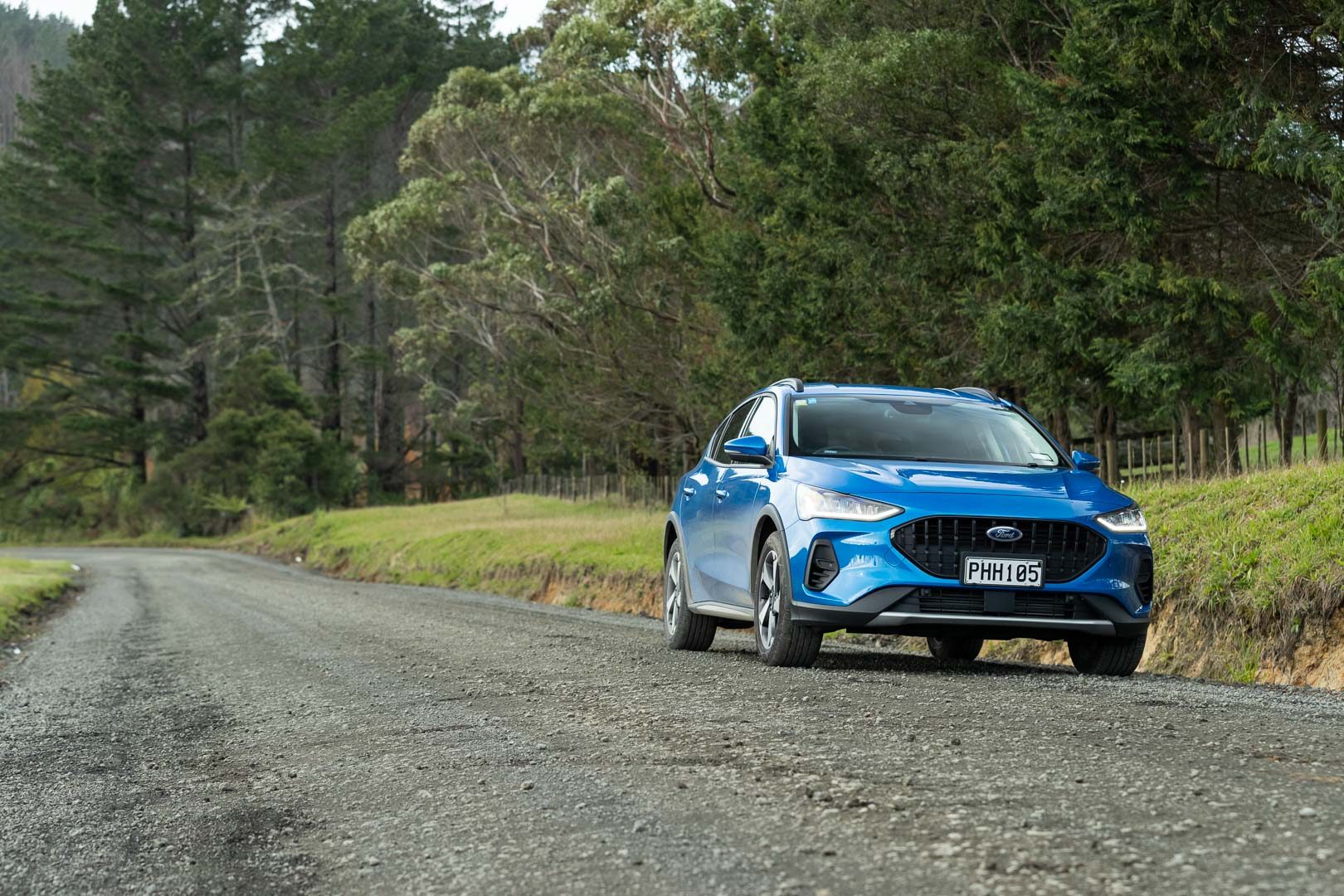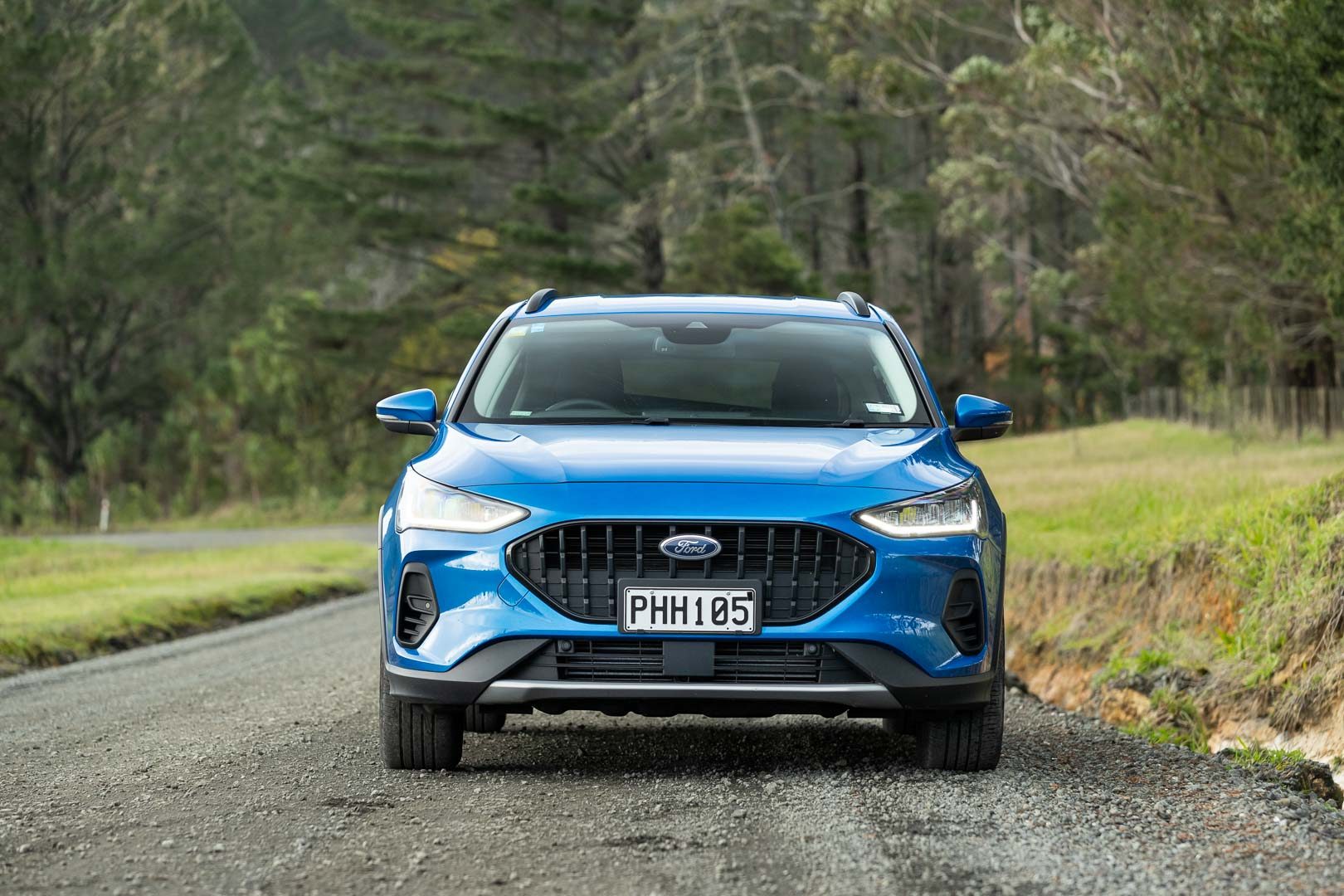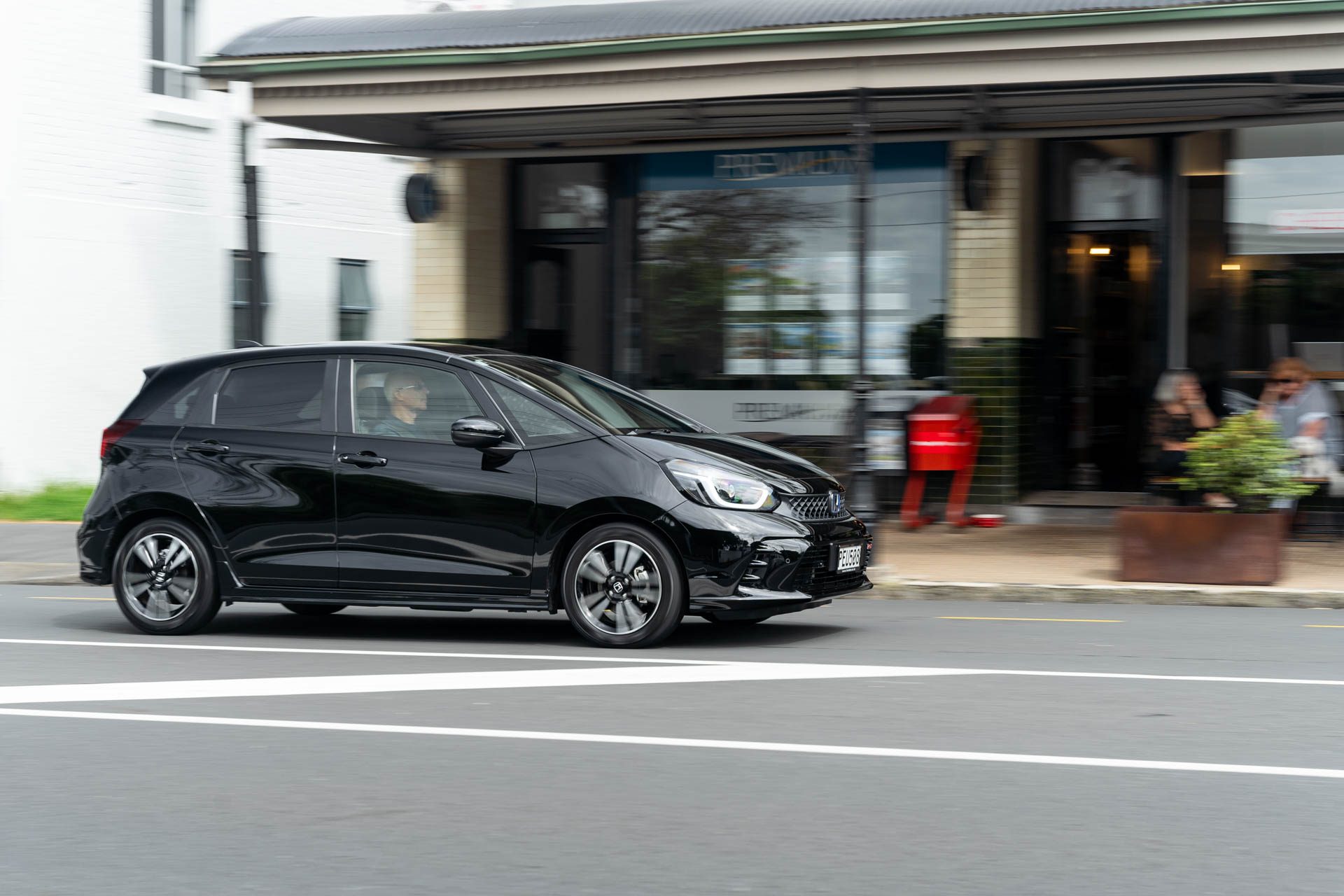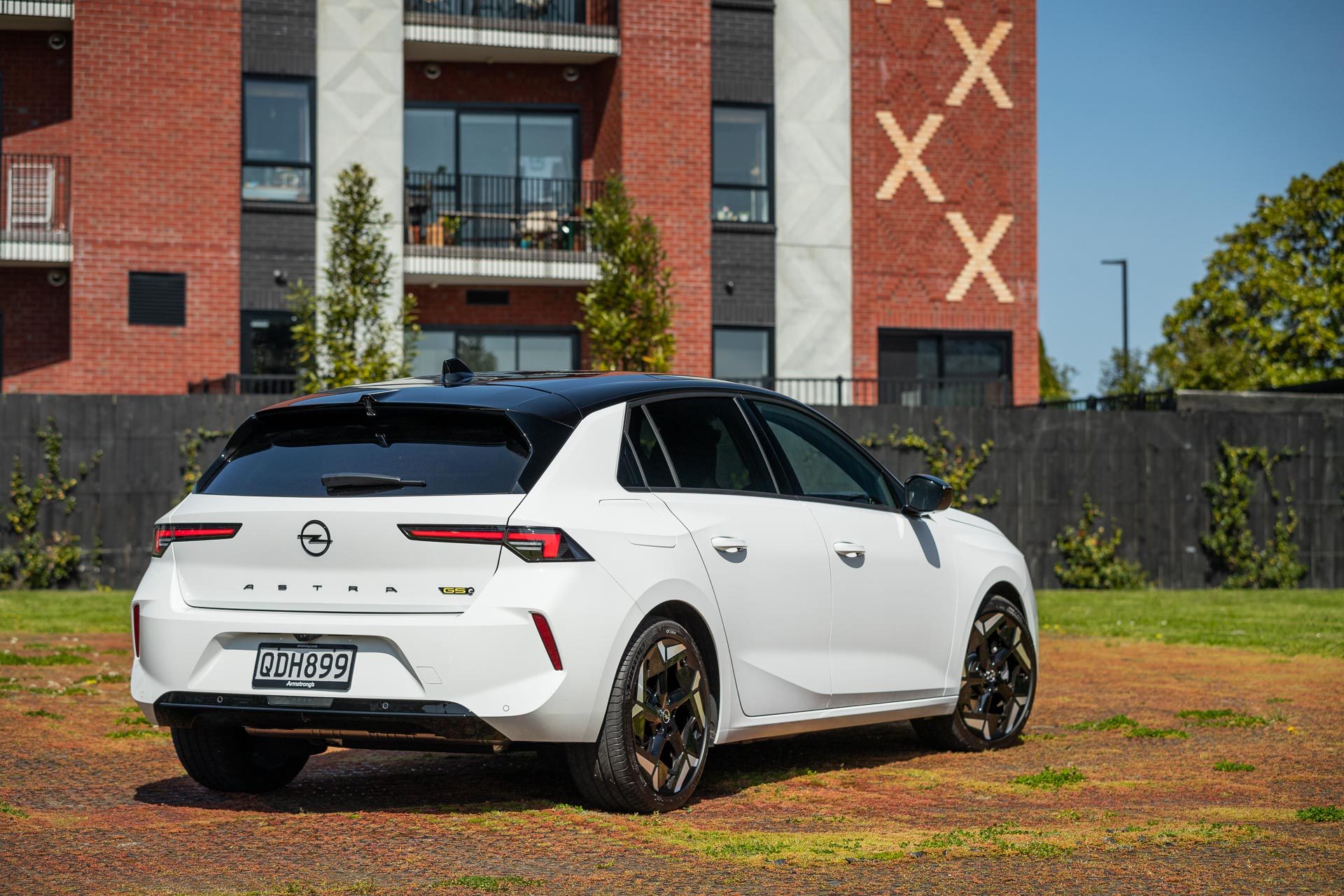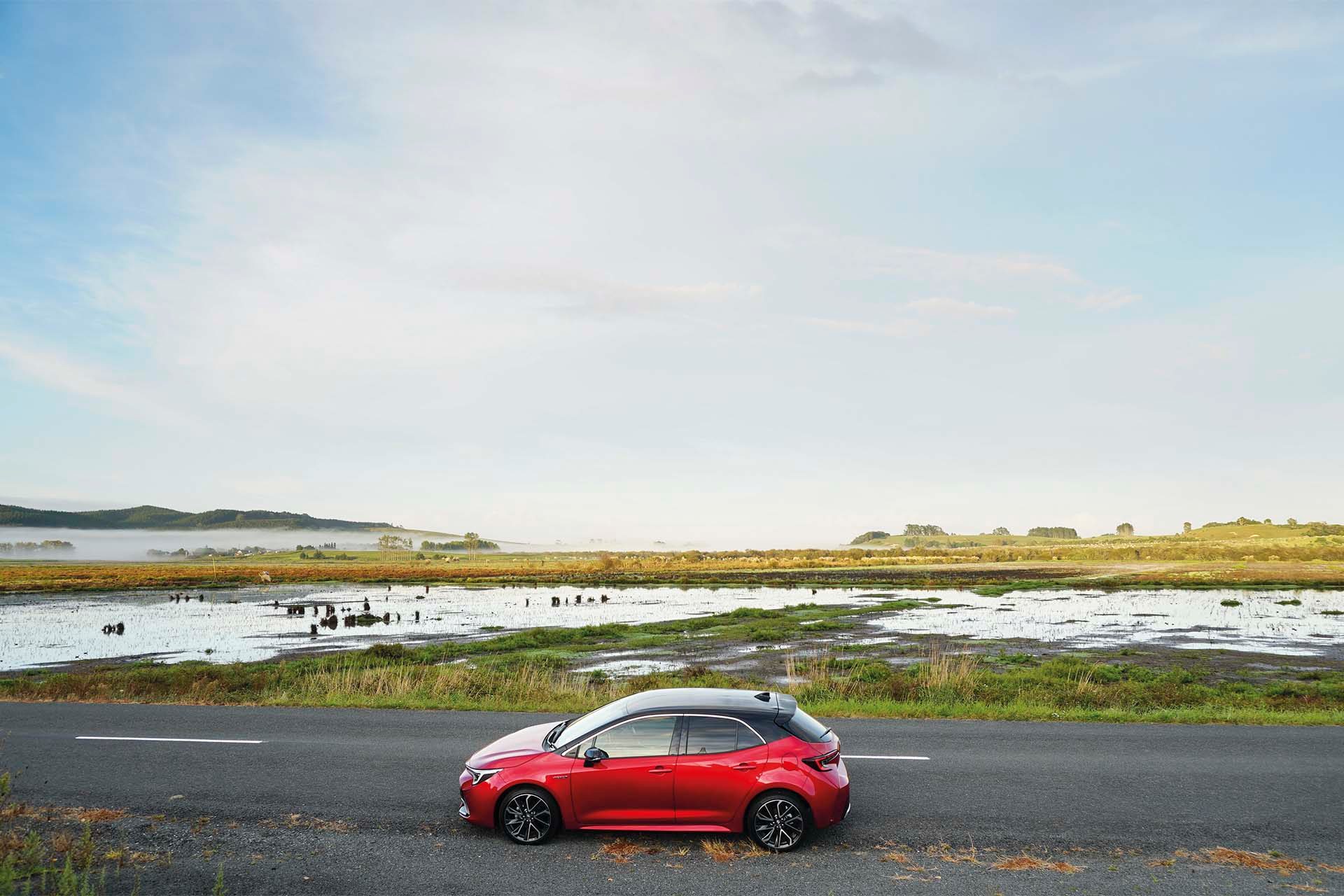Feature article
Best hybrid cars of 2023 and 2024
Hybrid cars are becoming more popular in New Zealand as people look toward more fuel efficient vehicles.

Hybrid cars are becoming more popular in New Zealand as people look toward more fuel efficient vehicles. The term hybrid can be a tad confusing as there are a few different types on offer. These range from mild hybrids (using a small electric mechanism to aid the main combustion engine), to self-charging hybrids (usually with an electric motor that can both drive the vehicle and assist the petrol engine) and full plug-in hybrids (with bigger batteries and more powerful electric motors that can run in full electric mode). The outcome of each solution is ultimately the same; reduced fuel consumption and emissions.
Given the added electric bits and batteries, hybrids tend to carry a premium over conventionally-powered ICE models. But usually they are better to drive thanks to the extra torque and smooth power delivery.
There are now more options than ever on the new car market, and these are some of the best of the recent arrivals to New Zealand.
Ford Focus Active mild hybrid
Ford’s Focus now has an engine of the mild hybrid type, using a small but mighty 1.0-litre turbo matched with a 48v system and a belt starter generator. There’s no problem with the small size of the engine either as the electric addition gives the 1.0-litre triple a boost in the torque stakes from right down low, where it needs it most, and this feels strong right off the mark.
The transmission is programmed to upshift early once underway, and the Focus just grunts along on its low-end torque without requiring many revs at all. It’s that broad spread of Newtons that makes this an unfussed around-town drive.
As such, the Active returned 5.7L/100km during our time behind the wheel, most of that spent ambling around the city. Ford states consumption at 5.1L/100km (119g/km). It’s covered by Ford’s five-year, unlimited kay warranty and 20,000km/12-month service intervals.
The Focus has more driver assistance features now with active lane keeping (not so bothersome really, but also quickly deactivated) that pairs with the active cruise to help ease motorway commuting. It’s especially useful in the slow grind of the stop/start rush hour, taking care of it all for you.
The Focus we’d deem a right-sized hatchback with good rear seat space (plenty for kids) and easy access, the minimal increase in ride height helping there. The boot is well formed with a good capacity for the class (443L) and the seats fold easily to expand that out to 1320L. A tow rating of 1500kg braked isn’t bad either.
Up front some of the finishing and materials used isn’t amazing but maybe the big touchscreen and infusion of connectivity will help you see past that. The dash is dominated by the large 13-inch screen with Sync 4 in charge of the infotainment. There is wireless smartphone interface for both Apple and Android and you’re connected with the Ford Pass App.
The Ford Focus Active is $38,990, making this good value when compared against compact SUVs. Okay, it’s more of a hatch than an SUV but if you get over that minor issue, this is still a good option.
Read the full Ford Focus Active review here.
Browse Ford Focus listings or check out Ford Dealers in Auckland & Canterbury on Trade Me Motors.
Honda Jazz RS eHEV
While the badge might suggest Sport, the latest Jazz RS is mainly about fuel saving, on account of it adopting Honda’s eHEV hybrid powertrain.
Jazz RS costs $36,700 and while once upon a time you could buy a Jazz RS for $26k but nowadays it’s way better specified, with all the Honda Sensing Suite safety gear, including adaptive cruise (active only above 30km/h however), lane keeping, and crash mitigation.
It’s best to think of the Jazz hybrid more like an EV with an engine. Its high-efficiency Atkinson-cycle engine is used mainly to power a generator that charges the battery and when this lithium ion unit is sufficiently full, the propulsion motor draws from that, the engine switching off. The upshot is lots of easy torque for effortless driving. And you don’t have to plug this hybrid in, just fill with petrol occasionally.
The main aspect of this vehicle, clearly, is fuel efficiency. It can mooch along at open road speeds easily and quietly, while in town it can be encouraged to EV plenty. Honda rates mean combined fuel use at 3.8L/100km (68g/km). On a trip involving a mix of open road speeds (80-100km/h), we managed an overall fuel use figure of 4.0L/100km, occasionally rising a little higher to 4.5 and in town falling into the 3s.
Jazz has always been a highly practical small car, and that character still remains. It has sizeable doors offering easy entry to the high-mount seats, which are nicely finished in sporty yellow stitching, and there’s a surprising amount of head room and knee space out back given its modest dimensions. The hatch itself isn’t quite as big as before (304 vs 359L) because of the battery pack beneath but it does have an underfloor 14L cubby and retains the useful Magic Seat set-up. Split folding produces a completely flat load space with 1199L when packed to the roofline.
Visibility is outstanding. The sizeable quarter lights mean you shouldn’t miss anything hiding behind the A pillar. If the neck’s stiff then rely on the mirrors and reversing camera image instead, all good, as is the picture-perfect view out the rear window.
Read the full Jazz Hybrid review here.
Browse Honda Jazz listings or check out Honda Dealers in NZ on Trade Me Motors.
2023 Opel Astra GSe
The Opel Astra hybrid is of the plug-in variety. These PHEVs are essentially for those who want to improve their carbon footprint but can’t quite bear the thought of having to stop and charge up when they go on longer journeys.
For out of town sojourns the Astra GSe (Grand Sport electric) PHEV relies primarily on a 1.6 turbopetrol (135kW/250Nm). So there’s plenty of range with a full 42L tank, over 750km. But in town, you’ll want to EV all the time, especially with sky-high petrol prices, and looming Road User Charges.
So you need to be disciplined with PHEVs, plugging them in daily, especially with something like this which has a 12.4kWh battery (9.9 of which are usable) and an electric range of up to 61km (more like 40-50km in reality). Opel reckons on seven hours for a complete refill using an emergency charger and two hours using an 11kW wall box unit. The former seems on the money.
In town the 82kW/320Nm electric motor has more than enough grunt for everyday use without invoking the engine for help. Together there’s a total 160kW and 360Nm of output. Once the battery is too low to permit full EV driving, it switches to a hybrid mode, and on test we saw fuel use of 5L/100km.
While this is a decent car to drive, dynamically sound in the bends and refined on city streets, it is rather pricey. It originally asked $71,990, but can now be had from as low as $59,990. Still that’s $10k more than the regular Astra SRi. However, it is zero emissions capable and offers better performance.
GSe does come well equipped and aside from the items already mentioned features keyless entry – locks and unlocks automatically – adaptive cruise, a head-up display, heated mirrors, seats and steering wheel, Alcantara-clad pews, adaptive LED pixel headlights and a 360 degree camera. And it is roomy enough too, while boot space is 352-1286L.
Some might want to check out pure EVs of a similar price before committing. They will be quieter, but will only have roughly half the real-world range if you’re doing lots of out-of-town mileage.
Read the full Astra PHEV review here.
Browse Opel Astra listings on Trade Me Motors.
Toyota Corolla hybrid
Toyota updated its Corolla range in 2023, the best bit being a new hybrid powertrain to deliver a better drive and improved economy. The Corolla is now only available here with hybrid powertrains, driven by consumer preference apparently.
Corolla hybrids are now powered by Toyota’s fifth-generation petrol/electric technology featuring more compact, lighter, higher powered motors, along with a more compact, lighter and higher output lithium-ion battery. These advances equate to ‘increased electric drive ratio in the hybrid system’.
The Corolla hybrid is also available as a wagon. Read the comparison review here.
These self-charging hybrids never need to be plugged in and they have a range of around 800km (977km if you manage to meet the firm’s combined fuel use figure). A ‘recharge’ takes under five minutes to replenish the 43L tank with 91.
You’d not credit how impressive fuel use is given available performance. Exiting the car at home in the burbs it was reading 3.5L/100km. When returning the car I tried to EV as much as possible during the cross town journey and saw fuel use figures as low as 1.7L/100km, it EVing 75 per cent of the time.
See the full Corolla Cross hybrid review here.
You’re spoilt rather for gear in this too, right down to a powered driver’s seat with a lumbar pump, butt warmers, head-up display, full LED lighting up front with auto high beam, leather and suede-accented seats, dual-zone air, a Qi charger and more safety gear than you can shake a stick at. It garnered a five-star ANCAP rating in 2018.
See the full Toyota Corolla hybrid review here.
Browse Toyota Corolla listings or check out Toyota Dealers in NZ on Trade Me Motors.
Author
Other articles you might like
